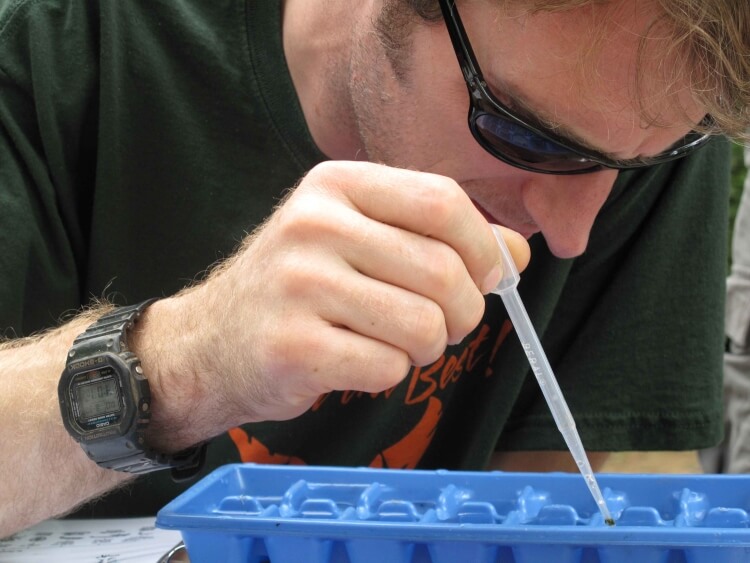3h
Rat THRb(Thyroid Hormone Receptor Beta) ELISA Kit
Rat THRb(Thyroid Hormone Receptor Beta) ELISA Kit
thyroid
10ng/mL
Sandwich
0.058ng/mL
0.156-10ng/mL
Rattus norvegicus
Signal transduction;Endocrinology;Hormone metabolism;
ELISA Enzyme-linked immunosorbent assays Code 90320007 SNOMED
E05 478 566 350 170 or Enzyme-Linked Immunosorbent Assays,E05 478 566 350 170 or Enzyme-Linked Immunosorbent Assays
ERBA-BETA; ERBA2; GRTH; NR1A2; THR1; THRB1; THRB2; Erythroblastic Leukemia Viral(v-erb-a)Oncogene Homolog 2,Avian; Nuclear Receptor Subfamily 1,Group A,Member 2
Rats are used to make rat monoclonal anti mouse antibodies. There are less rat- than mouse clones however. Rats genes from rodents of the genus Rattus norvegicus are often studied in vivo as a model of human genes in Sprague-Dawley or Wistar rats.
The test principle applied in this kit is Sandwich enzyme immunoassay. The microtiter plate provided in this kit has been pre-coated with an antibody specific to Thyroid Hormone Receptor Beta (THRβ). Standards or samples are then added to the appropriate microtiter plate wells with a biotin-conjugated antibody specific to Thyroid Hormone Receptor Beta (THRβ). Next, Avidin conjugated to Horseradish Peroxidase (HRP) is added to each microplate well and incubated. After TMB substrate solution is added, only those wells that contain Thyroid Hormone Receptor Beta (THRβ), biotin-conjugated antibody and enzyme-conjugated Avidin will exhibit a change in color. The enzyme-substrate reaction is terminated by the addition of sulphuric acid solution and the color change is measured spectrophotometrically at a wavelength of 450nm ± 10nm. The concentration of Thyroid Hormone Receptor Beta (THRβ) in the samples is then determined by comparing the O.D. of the samples to the standard curve.
Hormone releasing factors and releasing hormones are signaling molecules produced by glands in multicellular organisms. The glands that secrete Luteinizing hormones LHRG and LH, FSH comprise the endocrine signaling system. The term growth hormone releasing hormone GHRH is sometimes extended to include chemicals produced by cells that affect the same cell (autocrine or intracrine signaling) or nearby cells (paracrine signaling). Human recombinant LHRG and GHRH are produced in E. coli or in yeast cells.The receptors are ligand binding factors of type 1, 2 or 3 and protein-molecules that receive chemical-signals from outside a cell. When such chemical-signals couple or bind to a receptor, they cause some form of cellular/tissue-response, e.g. a change in the electrical-activity of a cell. In this sense, am olfactory receptor is a protein-molecule that recognizes and responds to endogenous-chemical signals, chemokinesor cytokines e.g. an acetylcholine-receptor recognizes and responds to its endogenous-ligand, acetylcholine. However, sometimes in pharmacology, the term is also used to include other proteins that are drug-targets, such as enzymes, transporters and ion-channels.
